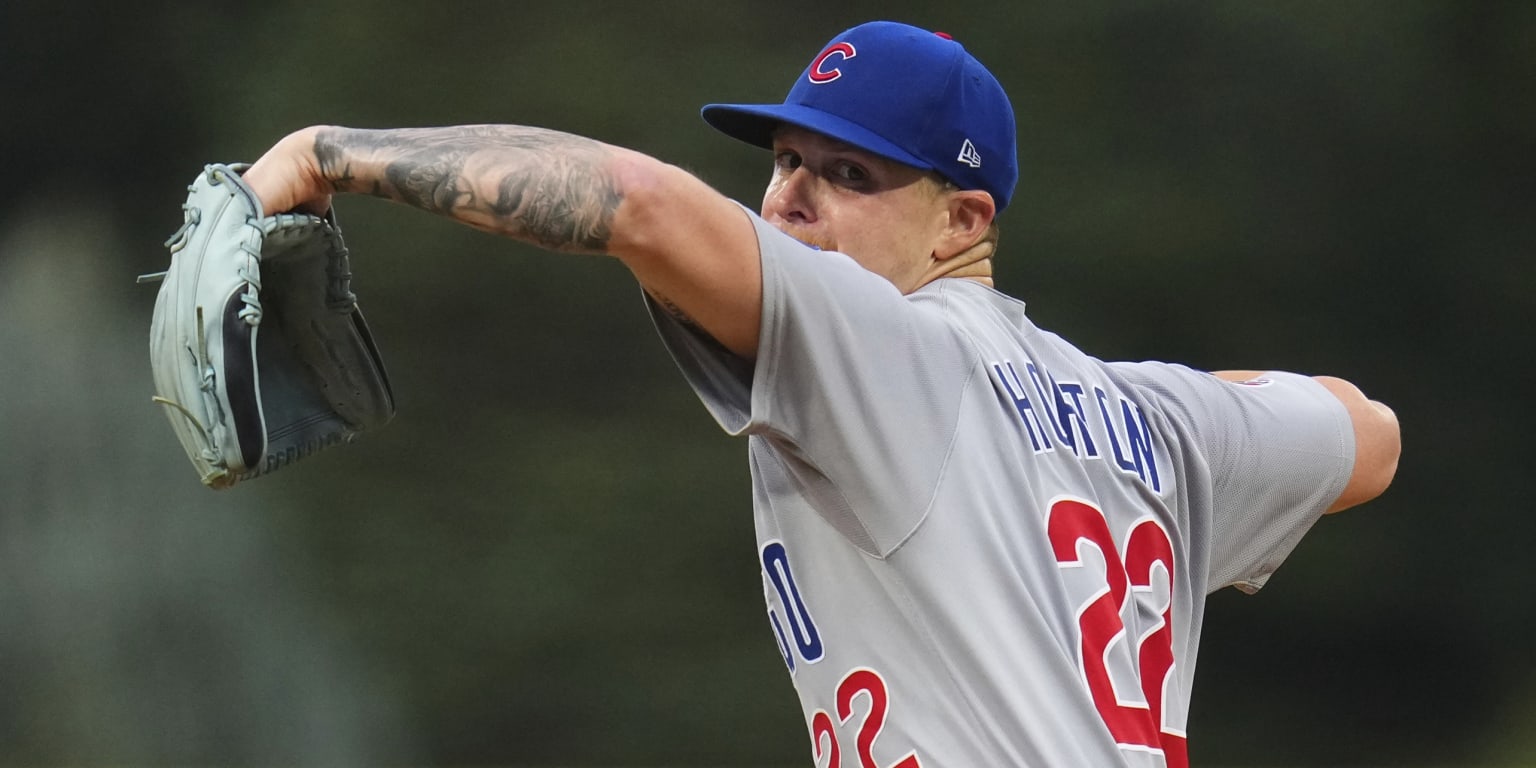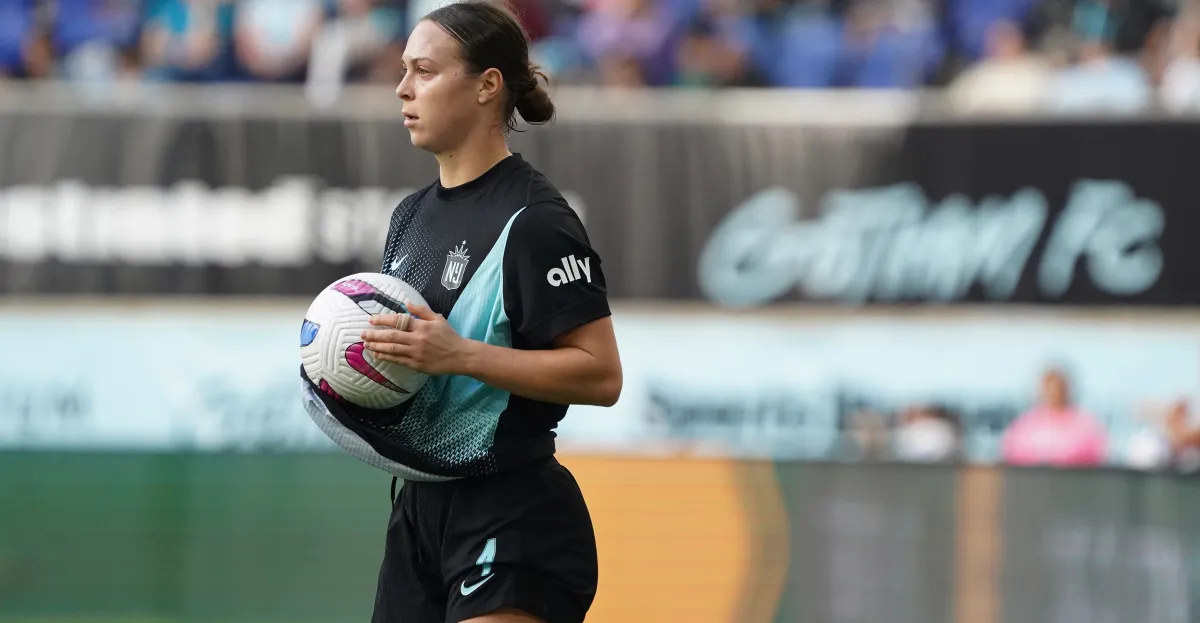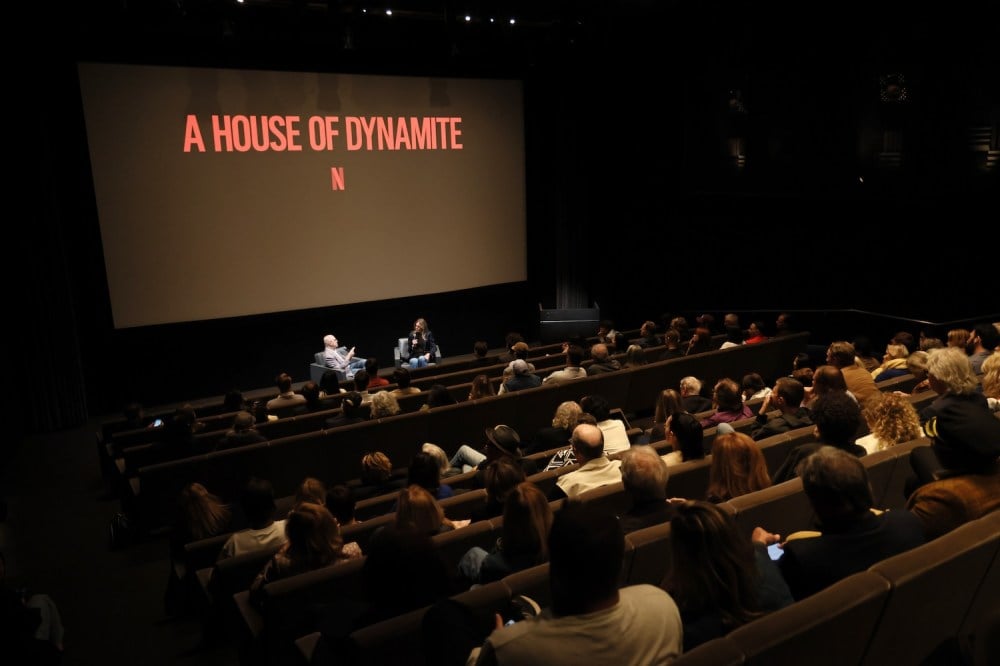Copyright MLB News

LAS VEGAS -- Cade Horton did not view his workload restrictions this past season as a limitation, but as a challenge. If the Cubs' rookie right-hander was only going to be permitted to stay on the mound for a capped number of pitches, his job was to maximize the impact of each one. Horton fired 83.6% of his 67 pitches for strikes on Aug. 6 against the Reds. His first 21 pitches against the Angels were strikes in an outing on Aug. 23. Facing the Braves on Sept. 3, Horton spun five no-hit innings before being lifted. He pounded the zone and generated bad swings -- and in the process, he helped carry the Cubs’ rotation down the stretch with an historic second half. By squeezing as much as he could out of every pitch, Horton in turn got the most out of his 118 innings this season. And the dominance he displayed for a Cubs team that returned to the playoffs led to a runner-up finish to Braves catcher Drake Baldwin in voting for the National League Rookie of the Year Award, as revealed on Monday by the Baseball Writers' Association of America. Baldwin won with 21 first-place votes, compared to nine for Horton, who also had 16 second-place votes and four third-place tallies. He was aiming to become Chicago’s first Rookie of the Year since Kris Bryant in 2015. Horton received 139 points on a 7-4-3-2-1 scale, second only to Baldwin's 183 points. Overall this season, Horton finished with an 11-4 ledger and a 2.67 ERA, finishing with 97 strikeouts and 33 walks in his 23 appearances (22 starts) before a fractured rib ended his season in late September. The Cubs expected that the righty -- MLB Pipeline’s top prospect for the organization when the season began -- would impact the team this year, but it happened a little earlier than anticipated. "It was a whirlwind,” Horton said at the end of the season. “Came up and had some good outings, had some really bad outings. And then finally settled in and came into my own. I’m just wanting to carry that into the offseason and carry that to next season and really prove who I am.” Early-season injuries to rotation leaders Justin Steele and Shota Imanaga necessitated promoting Horton from Triple-A Iowa on May 10 to face the Mets in New York. To help guard against the pressure of a debut, combined with the intimidating top of the Mets’ lineup, Horton came out of the bullpen for four innings after an opener. He struck out Brandon Nimmo looking to begin his Cubs career. At the time, the Cubs were not sure what the path forward looked like for Horton, the team’s first-round pick in the ‘22 Draft. He had recently returned from Tommy John surgery when Chicago selected him seventh overall out of the University of Oklahoma. In ‘24, Horton was limited to just 34 1/3 Minor League innings due to injuries. The Cubs opted to be cautious with Horton’s game-by-game workload, while closely monitoring all the physical and pitch data available. If the righty was tiring, the team would be able to see it in the metrics, beyond the feedback from the pitcher himself. Horton was proving resilient, able to take on more and more, while buying in completely with the Cubs’ approach. On June 27, Horton stepped on the hill in Houston’s raucous environment, getting an in-season taste of what the playoffs feel like. In that setting, he allowed seven runs in four innings and was harsh in his self-assessment after the game. It served as an important turning point in Horton’s season. "In the Houston start, I feel like I was just really emotional,” Horton said on MLB Network on Thursday night. “I let the results dictate how I was pitching. Moving on after that start, I stopped pitching to the results, and started pitching to the process. Once that happened, I became more free out there and stopped pressing as hard.” In his remaining 14 turns for Chicago’s rotation, all Horton did was turn in a 1.36 ERA. He allowed no runs in half of those starts and gave up no more than two in all but one. The exception was when Horton gave up four runs on July 9 in Minnesota. From there, he authored one of the best second-half showings in Cubs history. Horton logged a 1.03 ERA in a dozen games after the break, leading all Major League pitchers (min. 40 innings). Among that same sample, he also led the Majors in opponents’ average (.154), on-base percentage (.213) and WHIP (0.78). In a six-game stretch between July 9 and Aug. 13, Horton pieced together 28 1/3 consecutive scoreless frames. Horton equaled a Cubs record with 12 straight starts within one season in which he gave up no more than two runs. Ed Reulbach also achieved that feat in 1909. Since 1913, when the earned run became an official stat, only Jake Arrieta (0.75 ERA in his NL Cy Young campaign in ‘2015) had a better second-half ERA than Horton in Cubs history.



